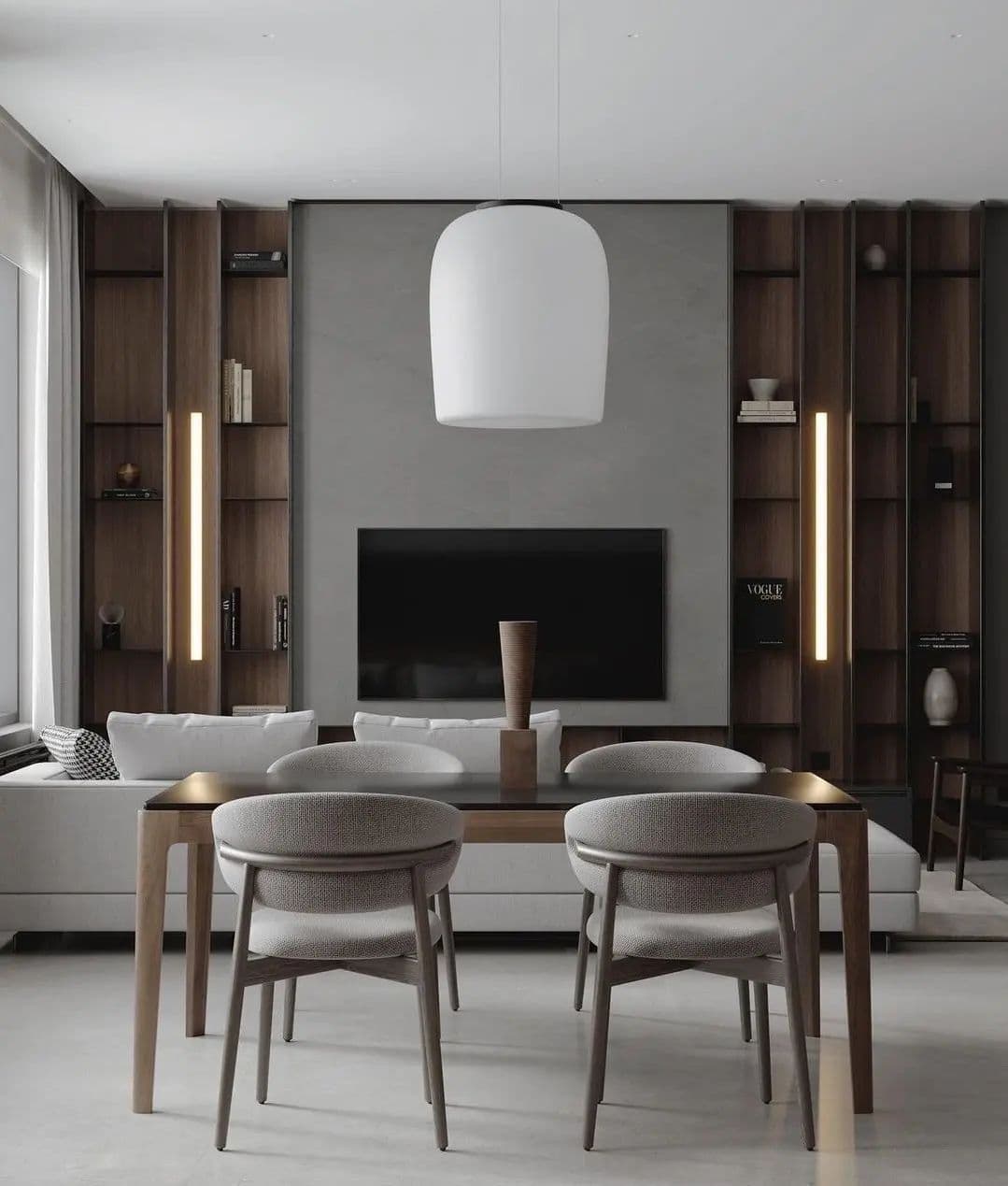
Designing Spaces That Promote Mental and Physical Well-Being
Creating a home environment that supports mental and physical well-being is crucial in today's fast-paced and stressful world. Our living spaces have a significant impact on our overall health and happiness. By incorporating thoughtful design principles and making conscious choices, we can transform our homes into sanctuaries that nurture our well-being. This article explores various strategies for designing spaces that promote mental and physical wellness, helping you create a harmonious and uplifting atmosphere in your home.
Natural Light and Fresh Air: Maximizing natural light and ensuring proper ventilation can greatly enhance the well-being of occupants. Sunlight exposure has been linked to improved mood, increased vitamin D levels, and better sleep quality. Consider using light curtains or blinds that allow ample sunlight to enter your rooms. Additionally, opening windows regularly can improve air quality and provide a refreshing breeze, reducing the risk of indoor pollutants and enhancing cognitive function.
Biophilic Design: Interior designing is a concept that integrates nature into indoor spaces, connecting occupants with the natural world. Incorporating elements such as indoor plants, natural materials (wood, stone), and nature-inspired artwork can have a calming effect and improve air quality. Indoor greenery can reduce stress, boost creativity, and purify the air by removing toxins. Adding a small indoor garden or a vertical plant wall can bring a touch of nature into your home and uplift your well-being.
Mindful Color Choices: Colors have a profound impact on our mood and emotions. Opt for a color scheme that promotes relaxation and positive energy. Soft, cool tones like blues and greens can create a serene ambiance, while warm hues like yellows and oranges can promote energy and vitality. Experiment with different colors in various rooms, keeping in mind the purpose and desired atmosphere of each space.
Functional and Clutter-Free Spaces: A cluttered and disorganized living space can lead to increased stress and decreased productivity. Design your home with functionality in mind, ensuring ample storage solutions to keep belongings organized and out of sight. Consider minimalist design principles, which promote simplicity, clean lines, and a sense of calm. Each room should have a clear purpose, allowing for easy navigation and a sense of flow throughout the home.
Quiet Zones and Relaxation Areas: Designating specific areas for relaxation and quiet activities can promote mental well-being. Create a cozy reading nook with comfortable seating, soft lighting, and a collection of your favorite books. Dedicate a space for meditation or mindfulness practice, with cushions or a yoga mat. These dedicated areas will help you disconnect from daily stresses and encourage moments of self-care and relaxation.
Ergonomic Design: Consider ergonomics when selecting furniture and setting up workspaces. An ergonomic chair and a well-designed desk can significantly improve comfort and reduce the risk of physical ailments such as back pain and muscle strain. Pay attention to proper lighting, ensuring that work areas are well-lit to reduce eye strain. Incorporate adjustable features to accommodate different body types and preferences.
Conclusion: Designing a home that promotes mental and physical well-being requires thoughtful consideration of various elements, from lighting and colors to functional layouts and ergonomic choices. By embracing natural elements, reducing clutter, and creating dedicated spaces for relaxation, we can transform our homes into havens of tranquility and rejuvenation. Remember, each design decision has the potential to positively impact your overall wellness, allowing you to thrive in the comfort of your own home.
Appreciate the creator